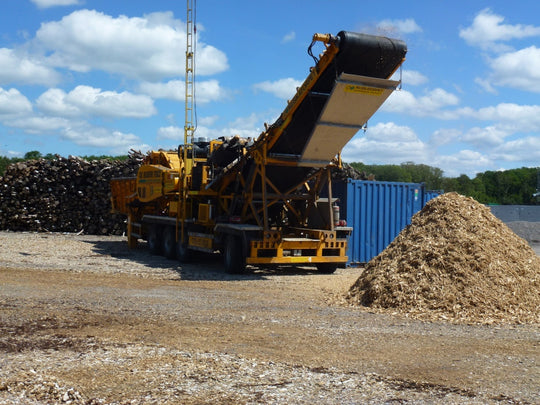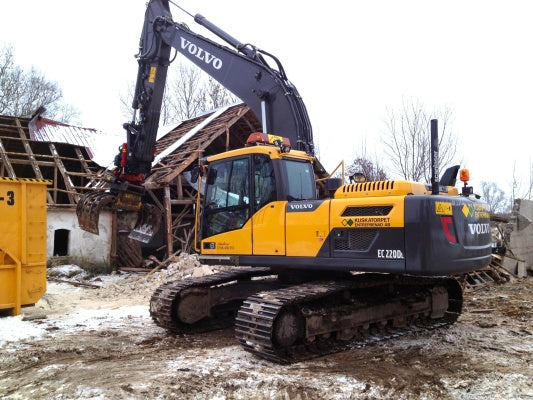Halmstad's Leading Companies for Construction Waste Recycling
Halmstad's Leading Companies for Construction Waste Recycling
Blog Article
Structure waste has traditionally been one of the biggest contributors to environmental pollution. Materials such as for example cement, asphalt, wood, and materials usually result in landfills, resulting in source depletion and environmental degradation. But, Halmstad has surfaced as a pioneer in addressing that significant challenge by leveraging progressive construction recycling halmstad (byggåtervinning halmstad) systems that aim to transform the way in which structure spend is managed.
Recycling Structure Waste: The Contemporary Approach
Halmstad's force toward sustainable structure techniques has taken center point in recent years. Sophisticated systems are increasingly being applied to handle the substantial spend created by construction activities, selling both environmental advantages and source efficiency.

One important growth could be the rise of AI-driven selecting techniques, creating a more streamlined method for breaking up products like cement, timber, and metals. These high-tech programs employ devices and machine learning calculations to recognize recyclable components with exceptional precision, lowering contamination degrees and increasing recycling rates significantly.
Yet another significant advancement is cellular recycling devices, which bring spend control services directly to structure sites. These portable programs allow components to be grouped, crushed, and prepared on-site, reducing the requirement for waste transport and cutting down on CO2 emissions.
Rounded Economy in Action
Main to Halmstad's achievement is its commitment to making a round economy in the structure industry. Old-fashioned waste management techniques frequently require linear functions, wherever materials are removed after having a single-use cycle. Nevertheless, with recycling technology developments and better resource healing strategies, several sources when regarded spend are now being reintegrated as natural products for new construction projects.
For example, concrete spend is significantly being prepared in to aggregates which can be reusable in street structure or foundational levels of new buildings. Moreover, reclaimed wood from demolition websites is being treated and repurposed for furniture crafting or architectural reintegration. Materials, which are both energy-intensive and costly to remove, are now being channelled back in production cycles without losing their properties.

The Road Ahead
While Halmstad's achievements mark significant progress, the road to fully sustainable structure waste administration remains ongoing. Difficulties such as for example policy position, public understanding, and scaling of technologies however require attention. However, with extended innovation and the ownership of data-driven recycling practices, Halmstad is setting a standard for cities globally to follow.
Ultimately, the innovations in spend recycling engineering reflect a broader development of sustainability becoming essential to both large-scale structure procedures and local urban progress strategies. That progress not only decreases environmental harm but also ensures that sources are utilized more effectively, safeguarding them for future generations. Report this page